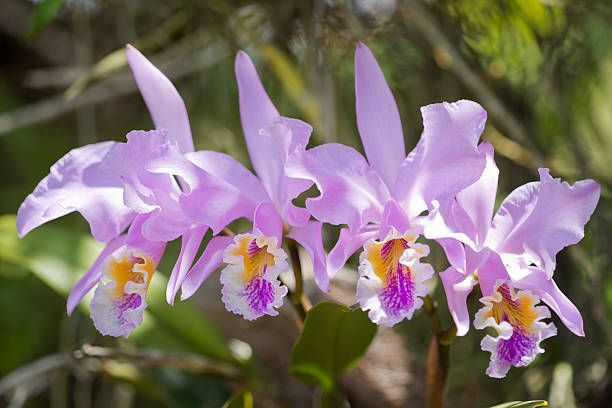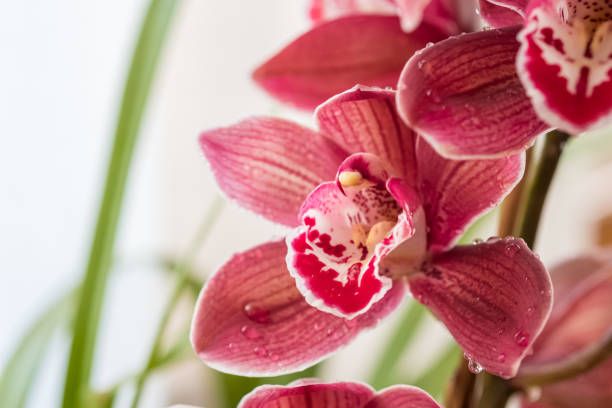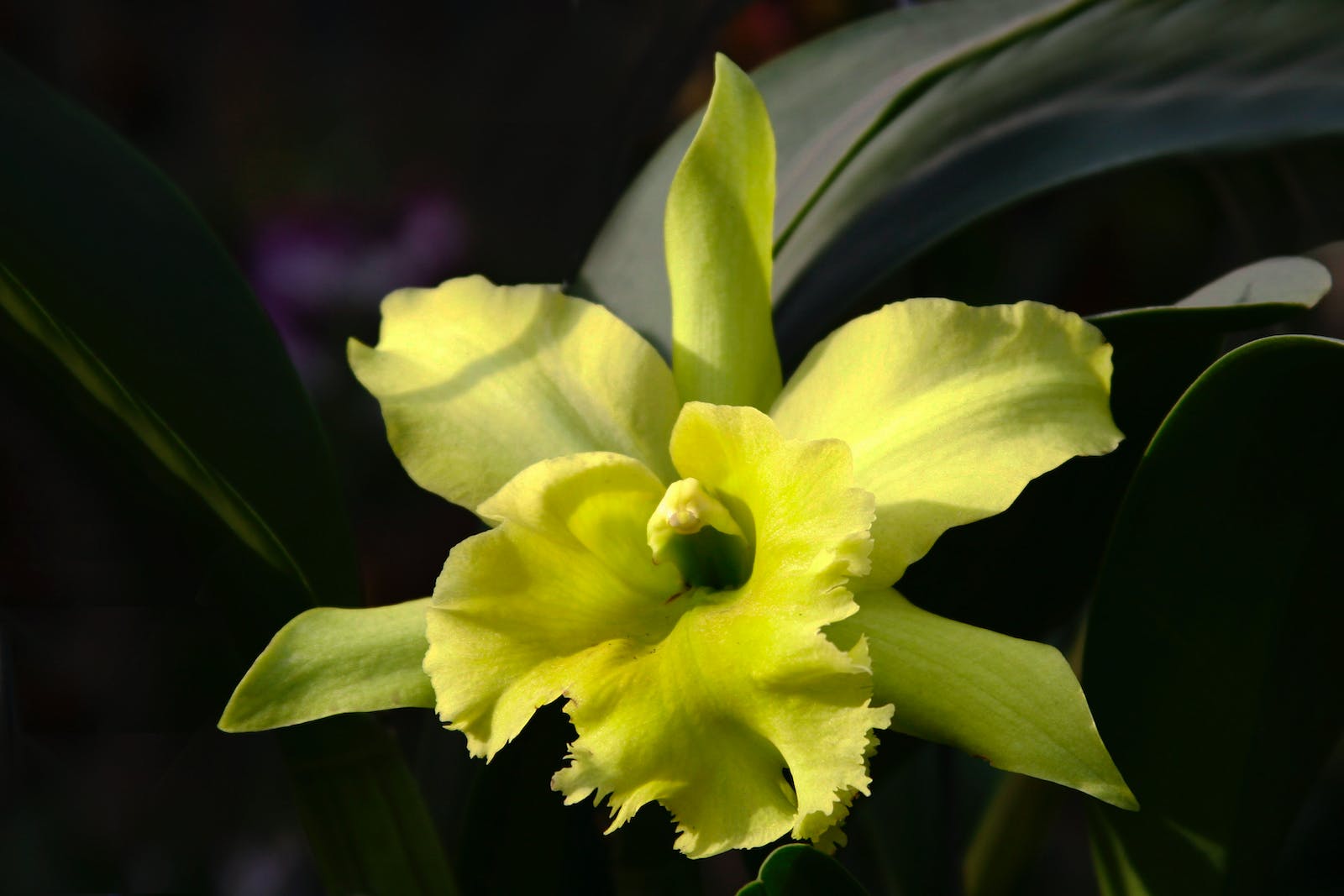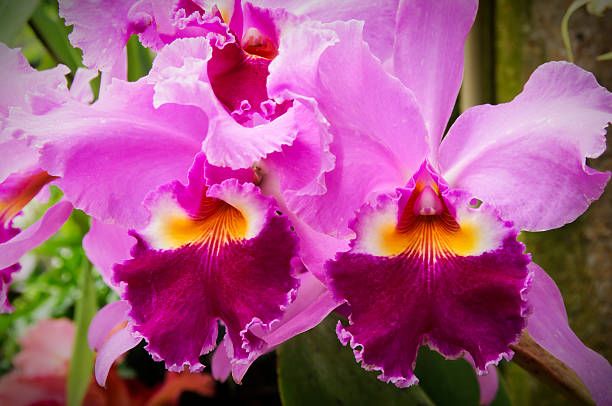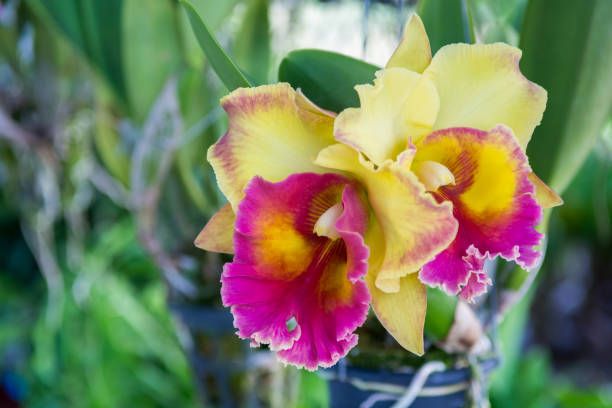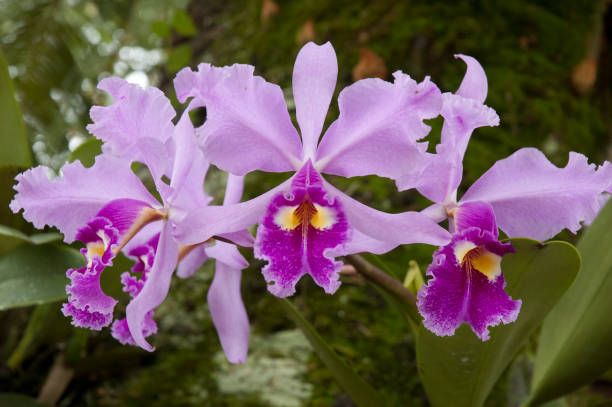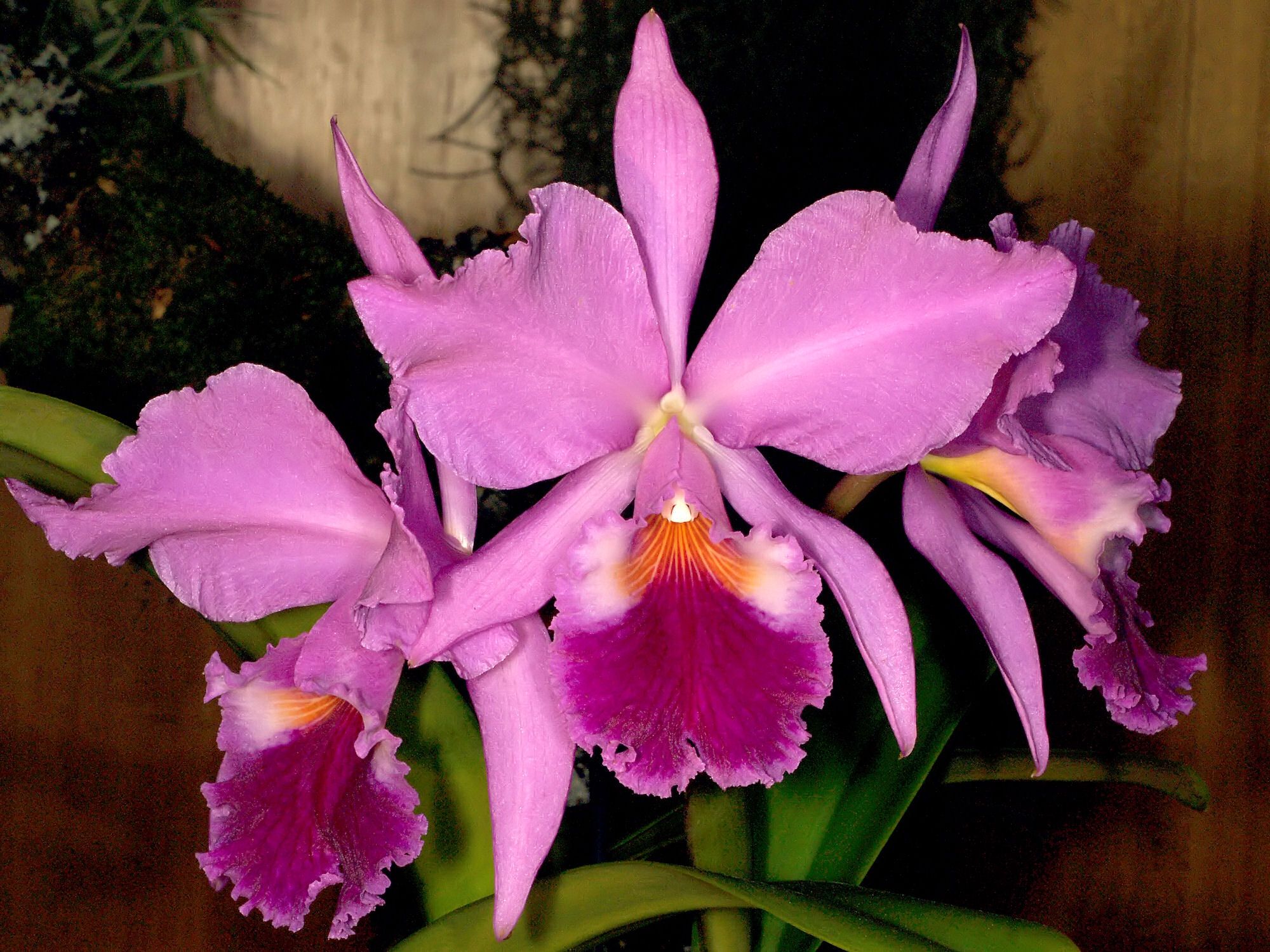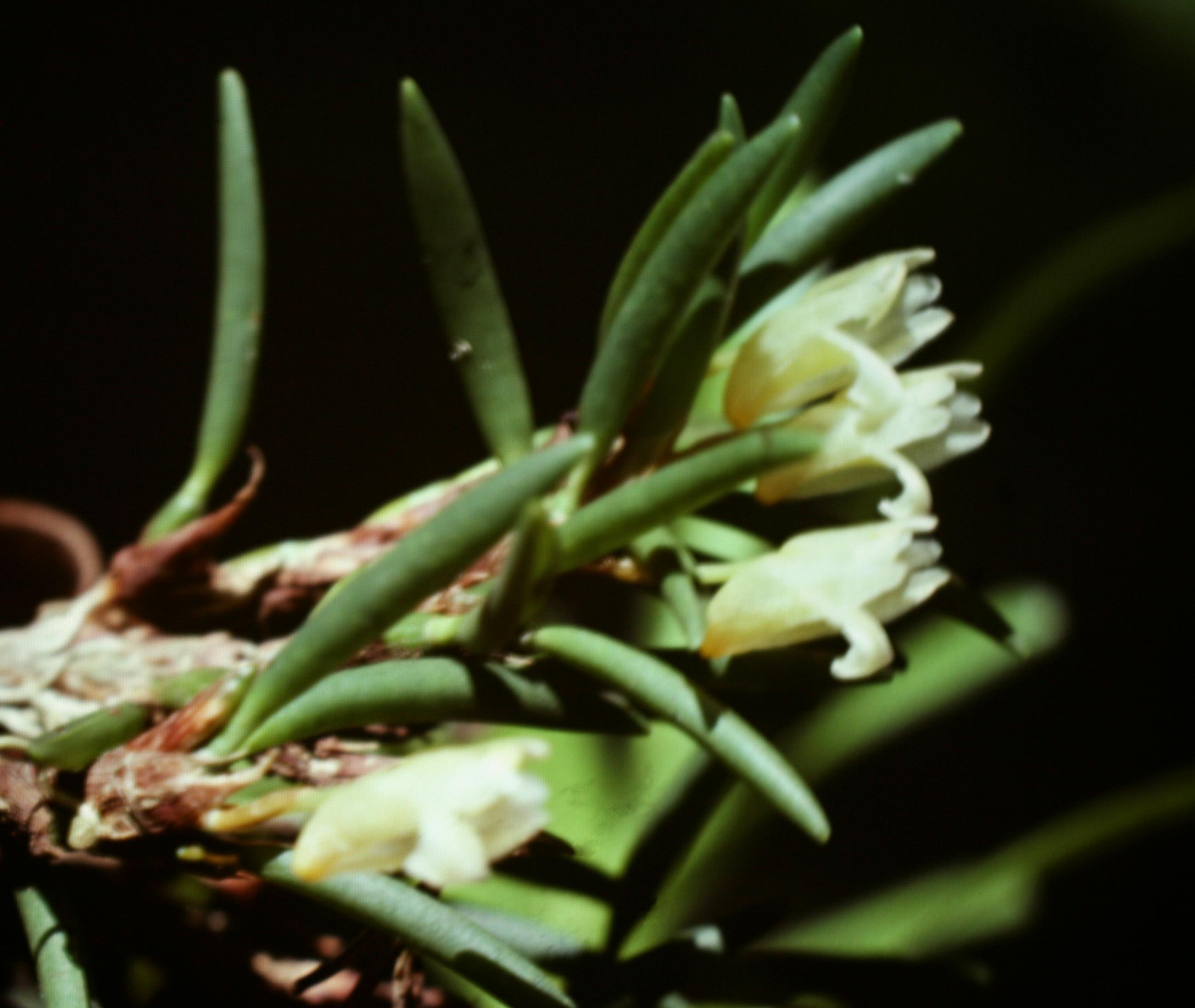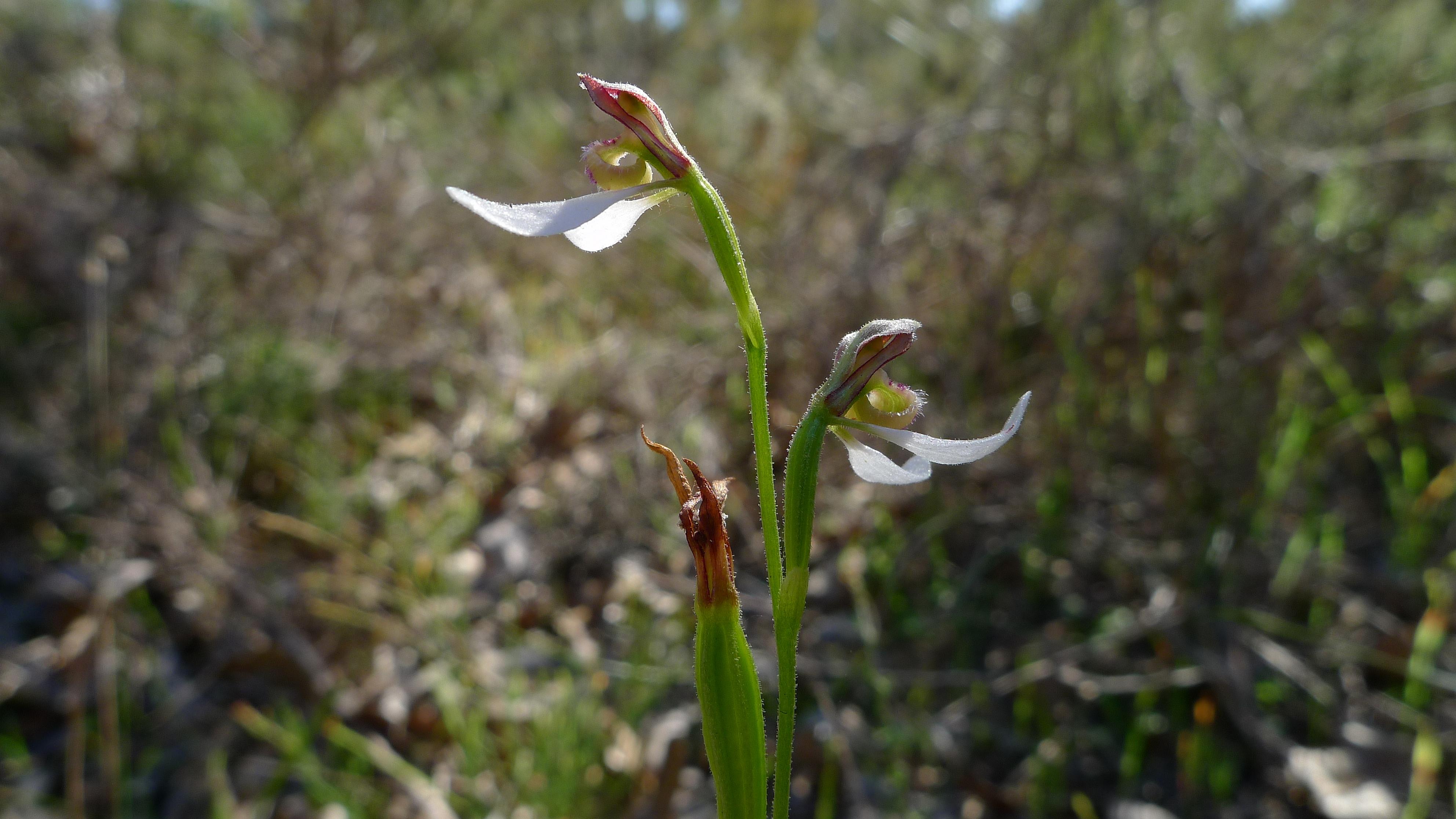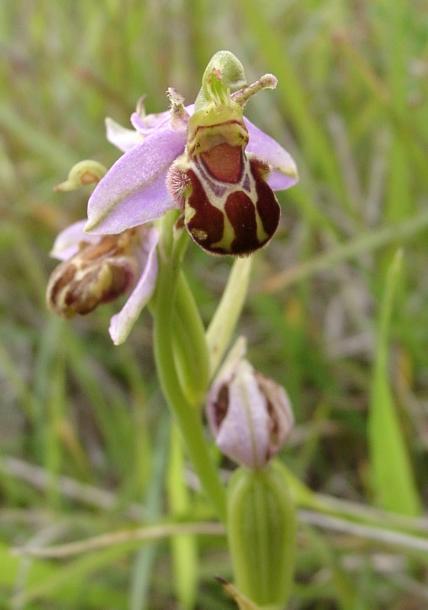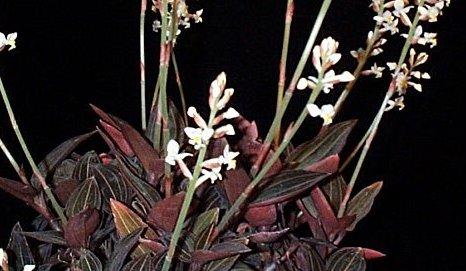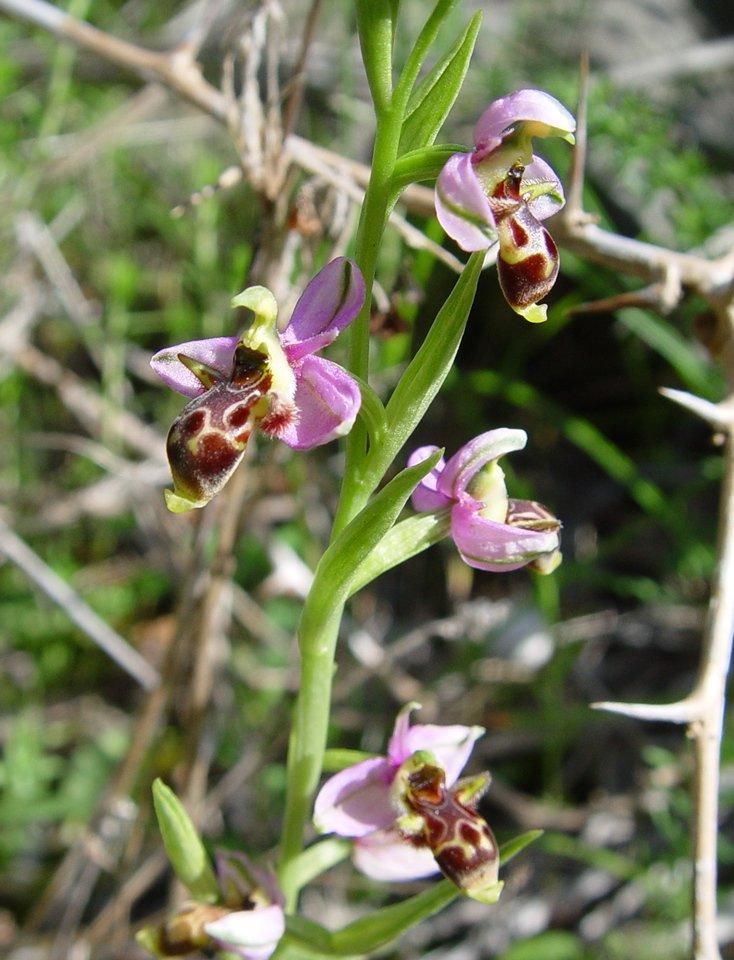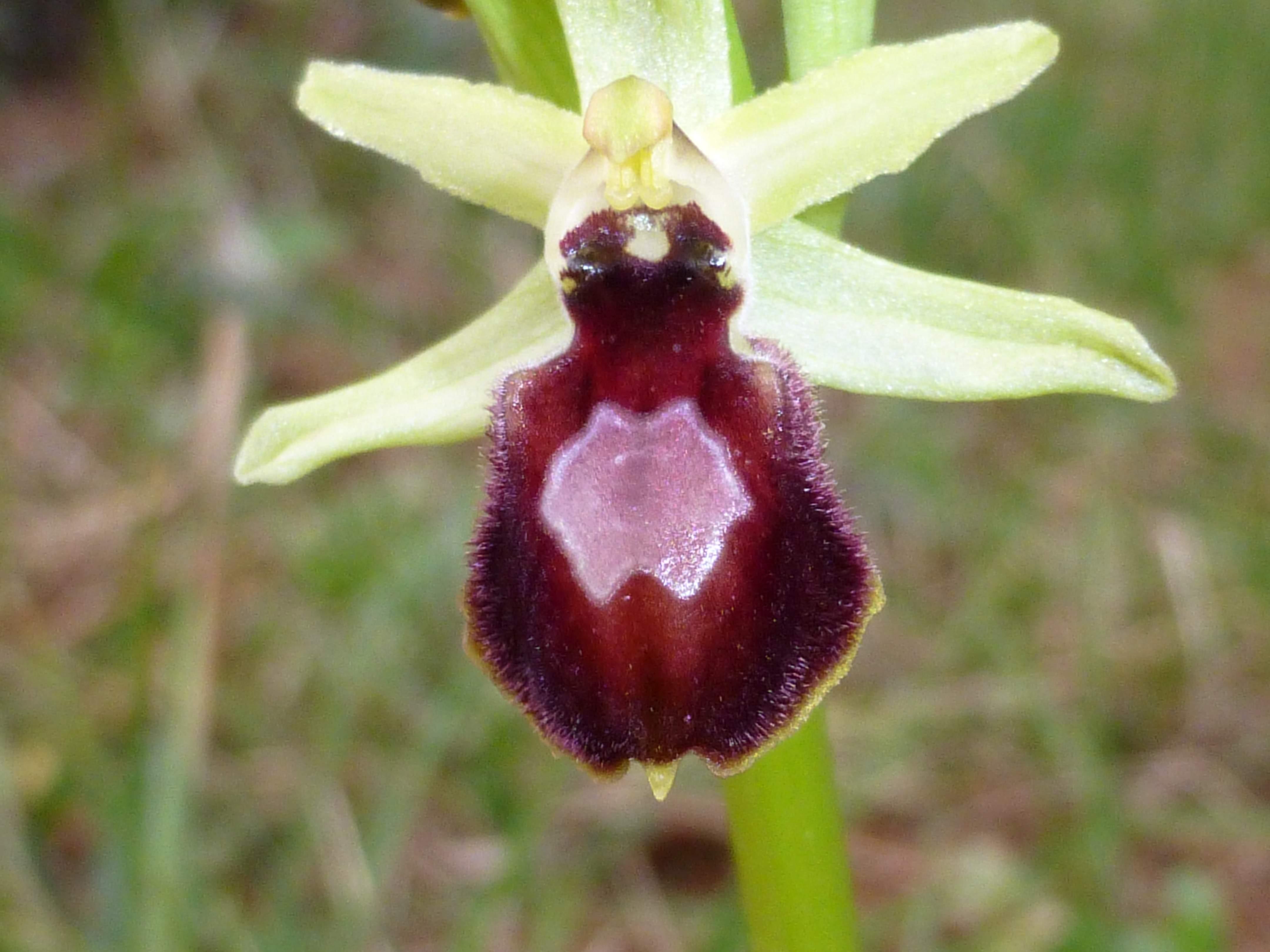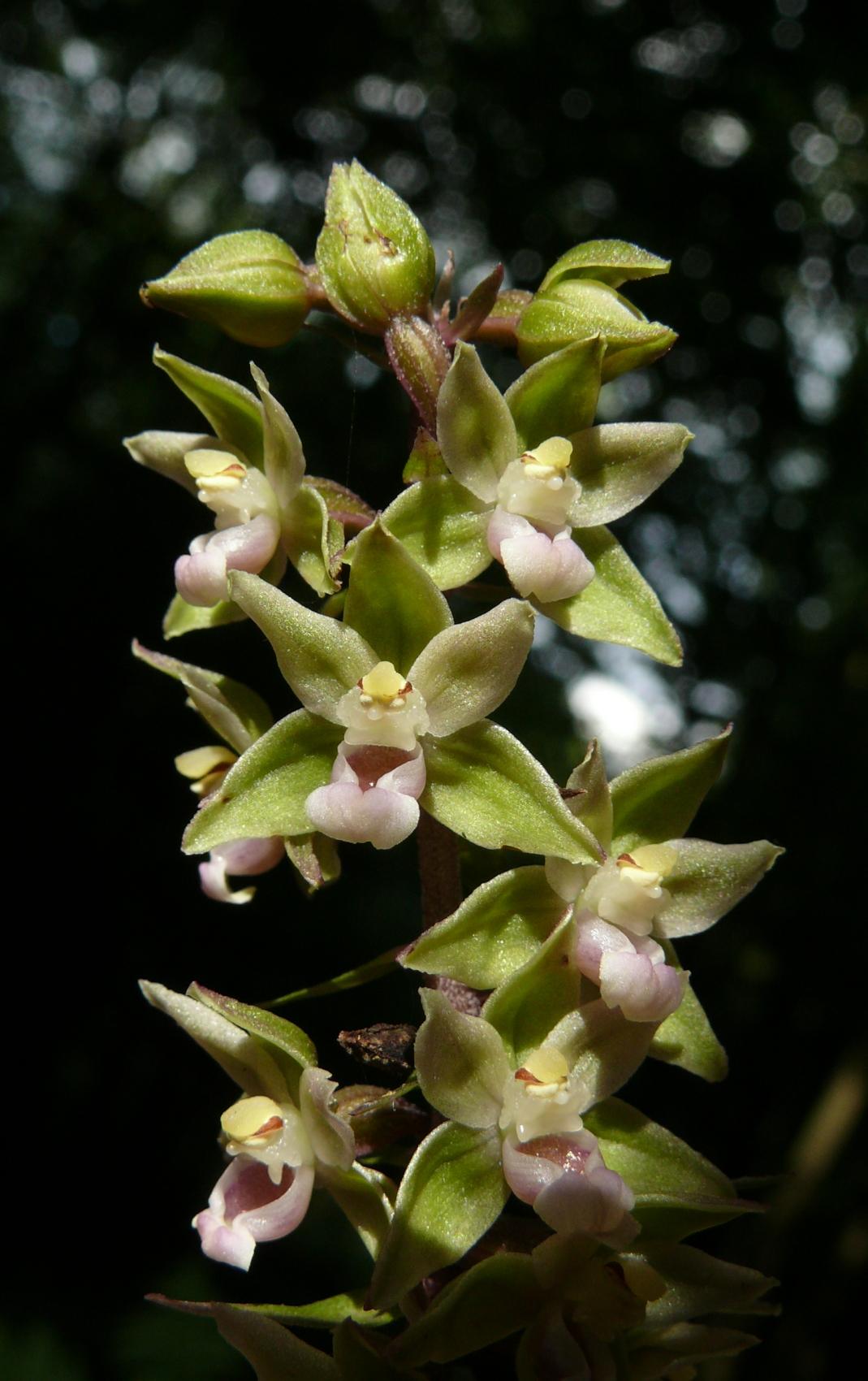Cattleya orchid
| Botanical Name: | Cattleya |
| Common Name: | Cattleya orchid, orchid, corsage orchid, Queen of the Orchids |
| Botanical Name | Cattleya |
| Common Names | Cattleya orchid, orchid, corsage orchid, Queen of the Orchids |
| Care | Easy |
| Humidity | Medium - Wet |
| Sun Exposure | Partial Shade |
| Temperature | 55° to 85° F |
| Height | 0.25 to 2.00 feet |
| Spread | 0.25 to 2.00 feet |
| Soil | Soilless media, well-drained |
| Growth rate | Medium |
| Life Cycle | Perennial |
| Synonyms | Brasilaelia, Cattleyella, Chironiella, Dungsia, Eunannos, Hadrolaelia, Hoffmannseggella, Lophoglotis, Maelenia, Microlaelia, Schluckebieria, Sophronia, Sophronitis, × Brasicattleya, × Hadrocattleya, × Hadrodungsia, × Microcattleya, × Sophrocattleya |
From same family
ExploreFrequently asked questions
- Are orchids hard to grow?
No. They aren't much more challenging to grow than a lot of common flowering plants. An orchid needs water, fertilizer, light, and air much like any other plant. You can cultivate orchids if you grow other attractive plants in your garden or indoors.
- Are all orchids the same?
Quite the opposite. There is no more varied plant family. The largest plant family, which can be found in almost any environment, is the orchid family. Orchids have incredibly varied sizes, forms, and growth habits, ranging from the tiny Mystacidium caffrum to the 20-foot-tall Renanthera storei. Some orchids create flowers that are only the size of a mosquito, while others generate flowers that are the size of a dinner plate. Your well-known corsage is but one of the thousands of lovely varieties that, with the right culture, may be grown with simplicity. Additionally, there are more options than ever before thanks to modern propagation techniques and emerging hybridizing trends.
- Do orchids come from the tropics?
A few do. However, each nation in the world and Alaska included, each and every state in the United States, possess orchids.
- Are orchids short-lived?
Most live a long time. Given the right care, some animals are practically eternal. Orchids that were first found in the 19th century are still growing and blooming now.
- How often do orchids bloom?
According to the plant. Some bloom once ayear, others bloom multiple times a year and some even bloom continually.
- How long do orchid blooms last?
It is dependent on both kind and cultural treatment. hybrids of the genus bloom. On the average, Cattleya blooms for one to four weeks. Those Phalaenopsis species often last between one to four months.
- Are orchids fragrant?
Some have scents that are potent enough to smell an entire living space or greenhouse. While certain orchid scents defy description, others imitate well-known scents like raspberry, coconut, lilac, and citrus. Others lack aroma and rely instead on shape and color to draw pollinators like insects and birds, which helps the species' life cycle to continue.
